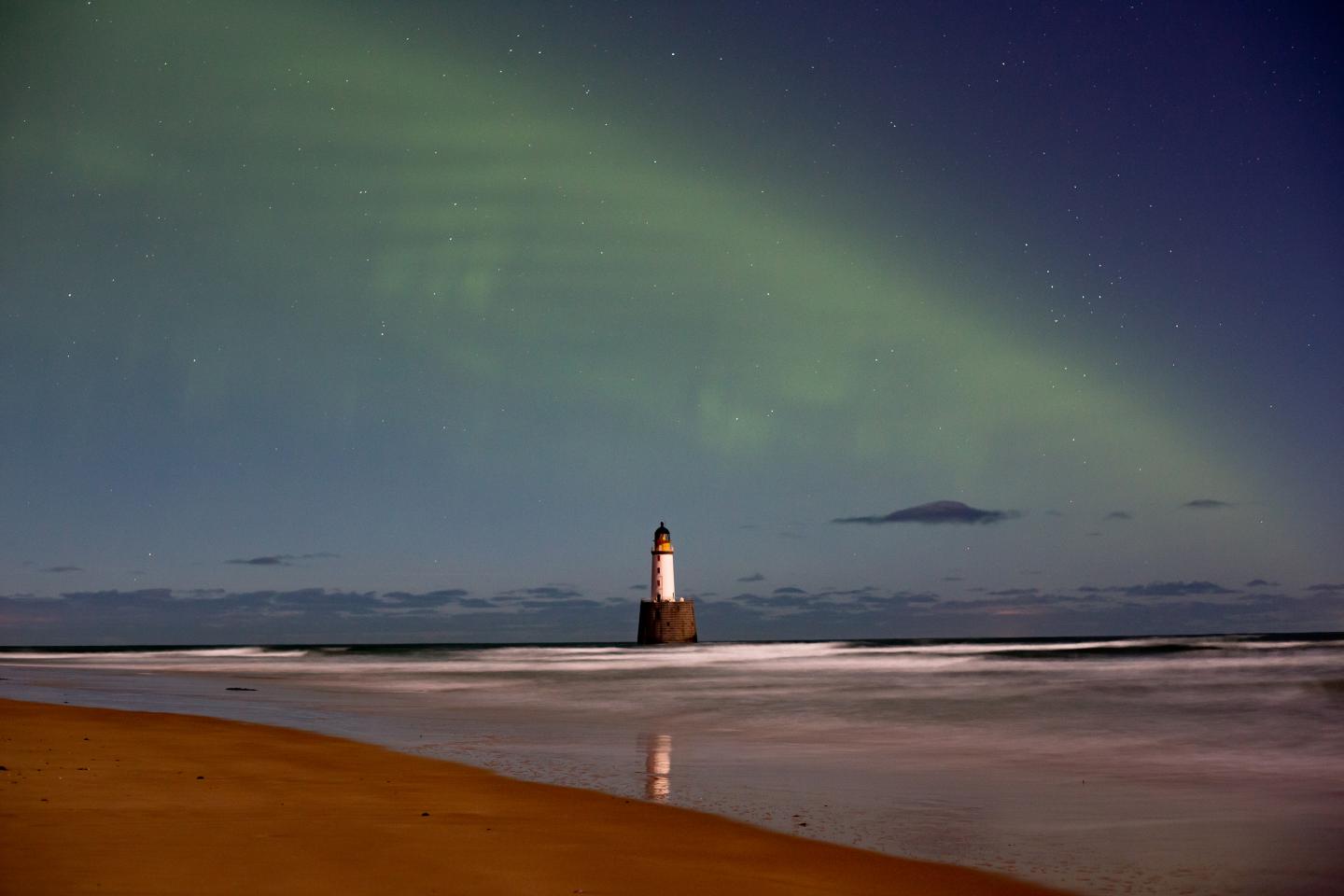Mystery of strange new 'dune' auroras solved, scientists say

A Finnish-led team has new insights into auroral "dunes" first reported in scientific literature a year ago.
More data from the shimmering night lights in the sky confirm previous suspicions that the dune-shaped aurora arises due to a combination of gravity waves and oxygen atoms.
The aurora type was first spotted by citizen scientists in 2016 and confirmed by University of Helsinki researchers last year following the university's observations in 2018. In this new study, the university continued the research by comparing what the citizen scientists witnessed on Jan. 20, 2016, with satellite observations of the same storm viewed from orbit.
Aurora photos: Amazing northern lights display from solar storms
"The dunes were seen for almost four hours in a very extensive area," lead researcher Maxime Grandin, a postdoctoral researcher at the university, said in a statement of the 2016 storm. The team estimates the pattern stretched roughly 930 miles (1,500 kilometers) from east to west and 250 miles (400 km) from north to south, he added.
Auroras, termed the northern lights or aurora borealis when seen in the northern hemisphere, happen when charged particles from the sun pass through Earth's magnetic field and interact with atoms and molecules of oxygen, nitrogen and other elements.
What makes the auroral dunes distinct, however, is they arise in a boundary — called the mesopause — of the mesosphere and an inversion layer just below. Scientists spotted the inversion layer in 2016 data from NASA's Thermosphere, Ionosphere, Mesosphere Energetics and Dynamics satellite (TIMED), which launched in 2001.
Breaking space news, the latest updates on rocket launches, skywatching events and more!
During the 2016 storm, TIMED probed the mesosphere from orbit using an atmospheric sounder. Meanwhile, scientists also spotted a cluster of negatively charged particles, called electrons, precipitating just above where the storm was spotted. This data came from a U.S. military satellite using the Special Sensor Ultraviolet Spectrographic Imager (SSUSI) instrument, which is intended to give regular and rapid reports of the upper atmosphere and auroras.
Much of the new data also came from "useful photographic and video material" gathered in 2016 by citizen scientists in Finland, Norway and Scotland, according to the statement, including a timelapse video shot from Scotland. That video allowed the scientists to estimate the dune's propagation speed at over 200 meters per second (roughly 447 mph). By comparison, typical commercial planes cruise at roughly 550 mph or 885 kph.
The research team hopes to learn more about the atmospheric waves behave during auroral dune events, but they said they require more observation data.
This isn't the first time aurora hunters recently spotted something new; citizen scientists also found a sky glow affectionately dubbed STEVE in 2018.
A study based on the new aurora dune research was published in AGU Advances on May 4.
Follow Elizabeth Howell on Twitter @howellspace. Follow us on Twitter @Spacedotcom and on Facebook.

Elizabeth Howell (she/her), Ph.D., was a staff writer in the spaceflight channel between 2022 and 2024 specializing in Canadian space news. She was contributing writer for Space.com for 10 years from 2012 to 2024. Elizabeth's reporting includes multiple exclusives with the White House, leading world coverage about a lost-and-found space tomato on the International Space Station, witnessing five human spaceflight launches on two continents, flying parabolic, working inside a spacesuit, and participating in a simulated Mars mission. Her latest book, "Why Am I Taller?" (ECW Press, 2022) is co-written with astronaut Dave Williams.

